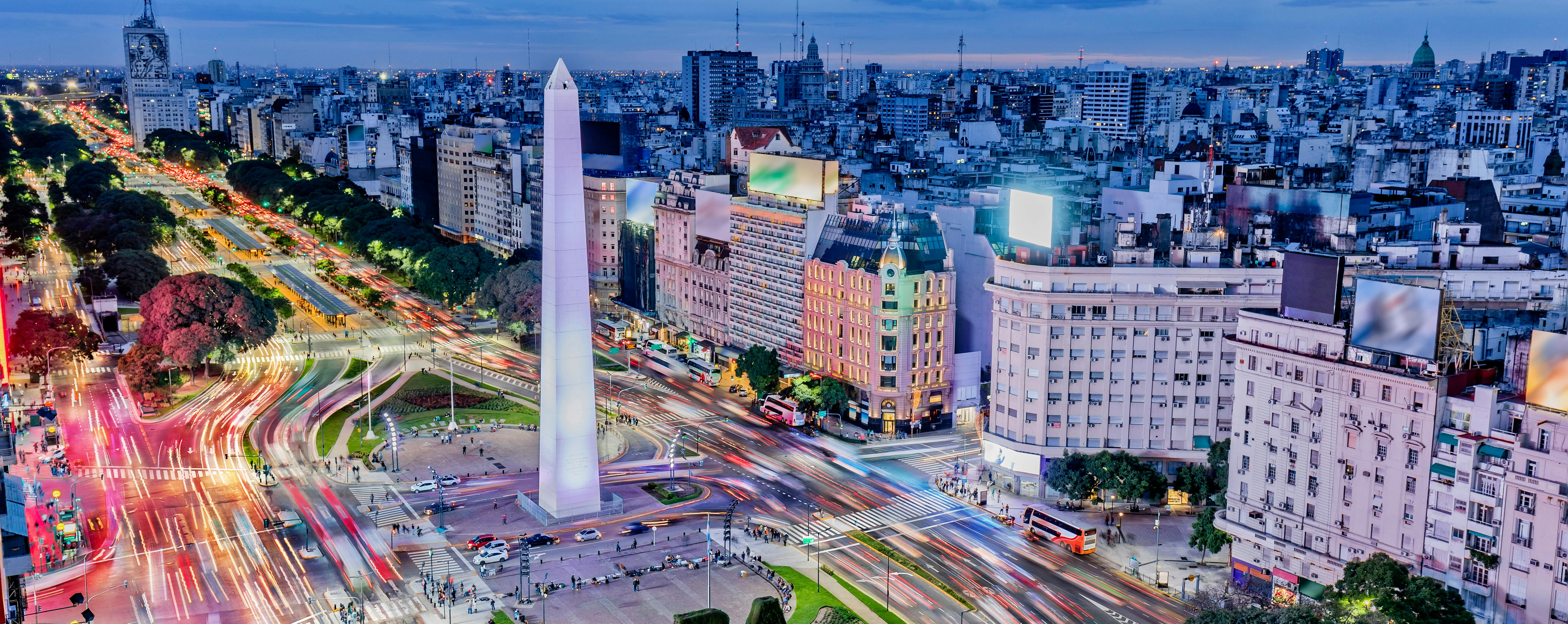In Buenos Aires, Museums Spotlighting an Heiress and a Soccer Star Tell a Tale of Two Cities
The first thing you must understand about Buenos Aires is that it’s a work of art. Or, rather, many works of art. The minute you leave your ship, you will begin to notice the city’s pulsating art scene.
It’s impossible to miss marble sculptures in its lush parks and at seemingly every boulevard roundabout. As you wander, you’ll bump into pop-up fairs that display dramatic paintings of tango dancers and daily Argentine life. And then there’s the plethora of colorful murals and sidewalk chalk art that depict legendary Argentine soccer players.
But slowly, the story that emerges from BA’s 78 square miles is a juxtaposition of two very different worlds. Think high society (polo and abundant wealth) and the poverty-stricken shanty towns built of cardboard and tin, referred to as “villas” and pronounced in Argentine Spanish as “vee-shas.”
I came to know both during my five years here studying for my master’s degree in Spanish journalism and on my annual return visits, when my life-long Argentine friends and I check-out new cafés, bars, restaurants, gelato shops, art exhibits, night clubs, music venues, clothing stores – you name it. Each visit reveals to me a fuller portrait of B.A.
The bookends of Argentine life

At one end: Amalia Lacroze de Fortabat, an art patroness who was said to be the richest woman in Argentina, thanks to a grandfather who amassed a fortune by building the first streetcars in BA in the 1880s.
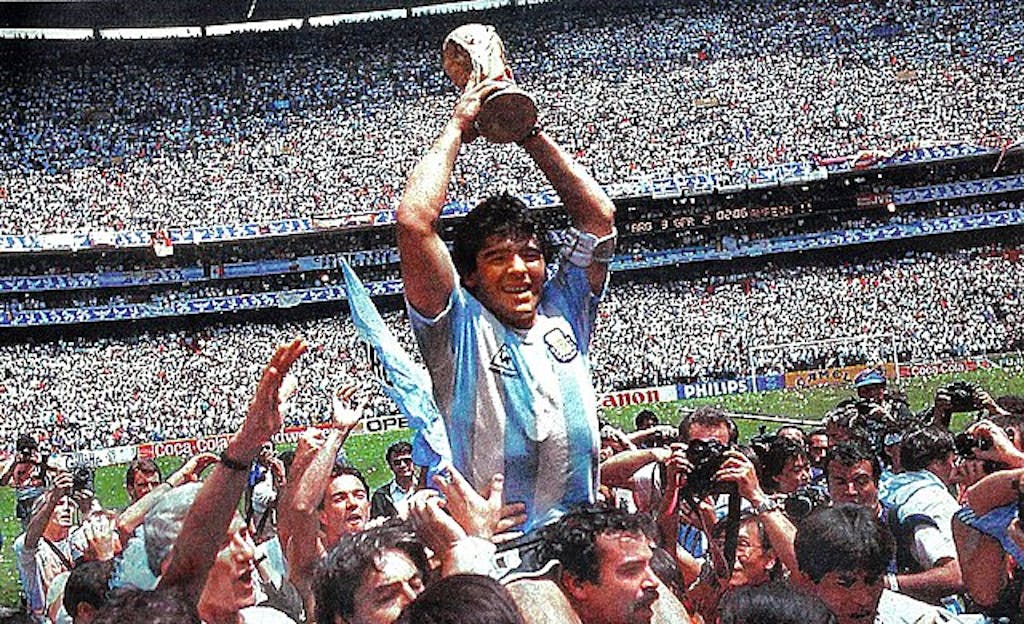
At the other: Diego Maradona, one of the world’s most renowned soccer players. He is often referred to as “The Hand of God” because of a controversial goal in the 1986 FIFA World Cup.
To fill in this portrait and maximize your time, you can easily visit the museums that tell their stories.
The Fortabat Museum
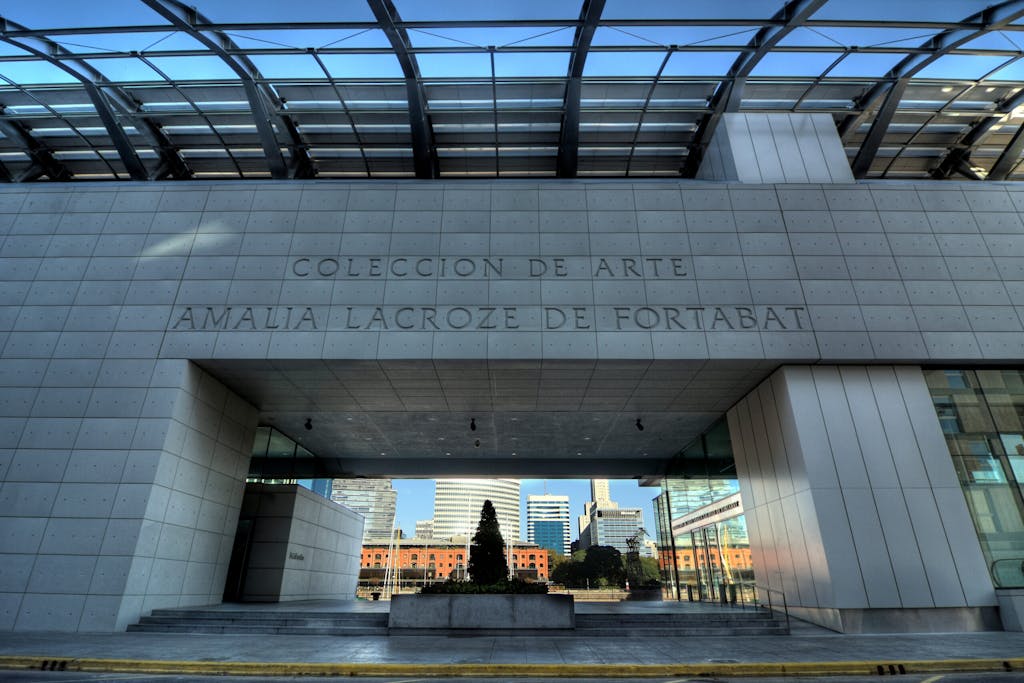
For Argentine and international art, immerse yourself in the Colección de Arte Amalia Lacroze de Fortabat, her personal art collection. You can easily visit the museum in an hour and even have enough time to squeeze in a lunch stop before hitting Maradona’s repository.
The Fortabat museum is along the marina in the trendy Puerto Madero neighborhood. The riverfront promenade is lined with farm-to-table restaurants and organic cafés where you can grab a strong cortado (espresso shot with steamed milk) or a yerba mate (green tea infused with caffeinated yerba leaves) for your caffeine fix.
Just outside the Fortabat museum you will encounter boutique clothing and souvenir shops as well as a beautiful view of the Puente de la Mujer (Woman’s Bridge), the ideal location for a selfie. A favorite lunch spot among the porteños (Buenos Aires natives) is the riverfront Central Market restaurant. It offers homemade pastas, grilled meats, fresh salads and vegan-friendly dishes. You’ll also be served a complimentary glass of sparkling wine from Argentina’s Mendoza appellation to start your eating experience.
The architecture of the Fortabat museum is contemporary, including expansive windows, spacious rooms and views of the marina. The 1,000 art pieces include paintings, sculptures and installations.
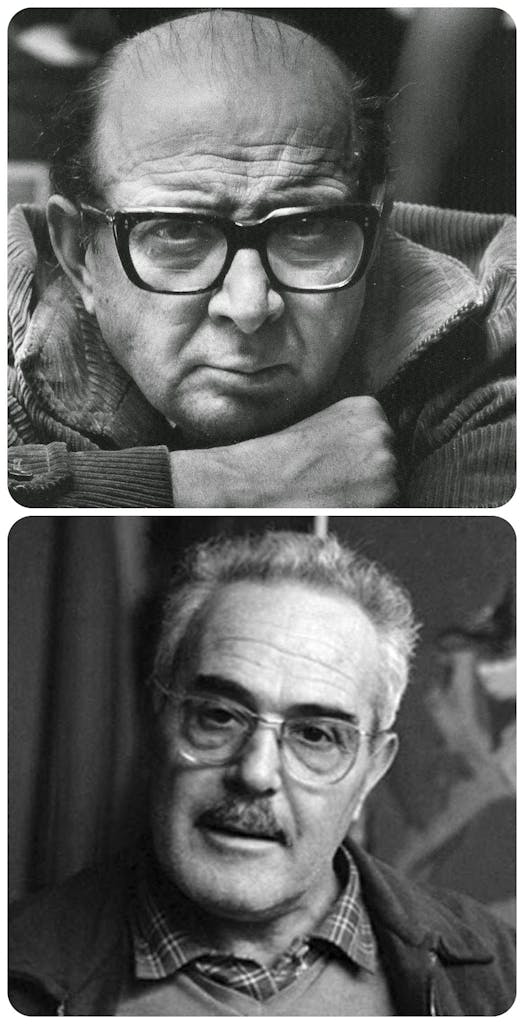
You’ll find works by traditional Argentine artists in the private collection. Keep an eye out for works by Antonio Berni, known for paintings that depict the lives of Argentine workers, and Raúl Soldi, whose landscapes capture the soul of Argentine country life. Every few months the expositions rotate to reflect modern-day Argentine artists.
You’ll also see rare works by artistic masters such as Salvador Dalí, Auguste Rodin, Marc Chagall and Gustav Klimt. On the second floor, don’t miss the large portrait of Fortabat, created in 1980 by Andy Warhol. He used the same silkscreen style technique to replicate Fortabat’s face as he did with his famous Marylin Monroe prints.
Fortabat’s wealth supports her art foundation, which in turn supports projects that promote access to high-quality education and health care for those Argentines in need. “I feel a great social responsibility for all I have been given,” she said in an interview in 2008, “and I believe it’s my obligation to give it back.”
Info: Colección de Arte Amalia Lacroze de Fortabat, Olga Cossettini 141,
Puerto Madero Este; www.coleccionfortabat.org.ar/ Open noon to 8 p.m. Thursdays-Sundays.
The other face of Buenos Aires
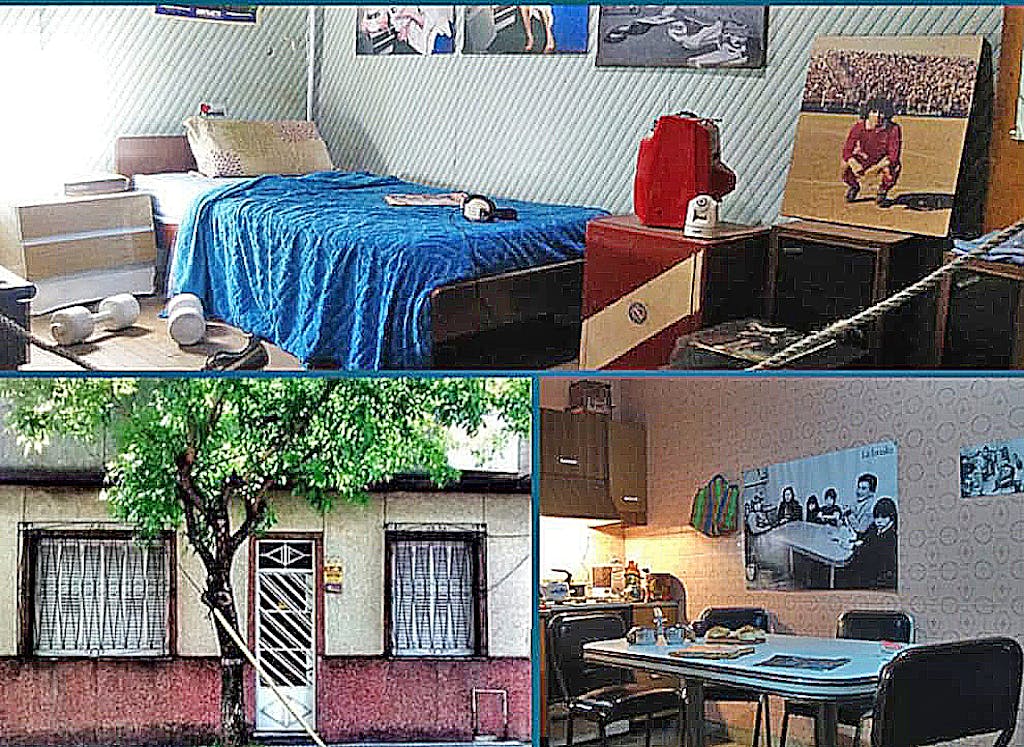
You can experience the humble beginnings of the late Diego Maradona by hopping into a taxi or Uber for a 25-minute drive across town to the La Casa de D10s museum. You also can see this museum in an hour.
The museum name means “The House of God.” The word diós (God), is spelled with the number 10, representing the jersey number that Maradona wore during his soccer career. Argentines often refer to Maradona as “God” because of his exceptional soccer skills; he’s considered the “God of soccer” in Argentina.
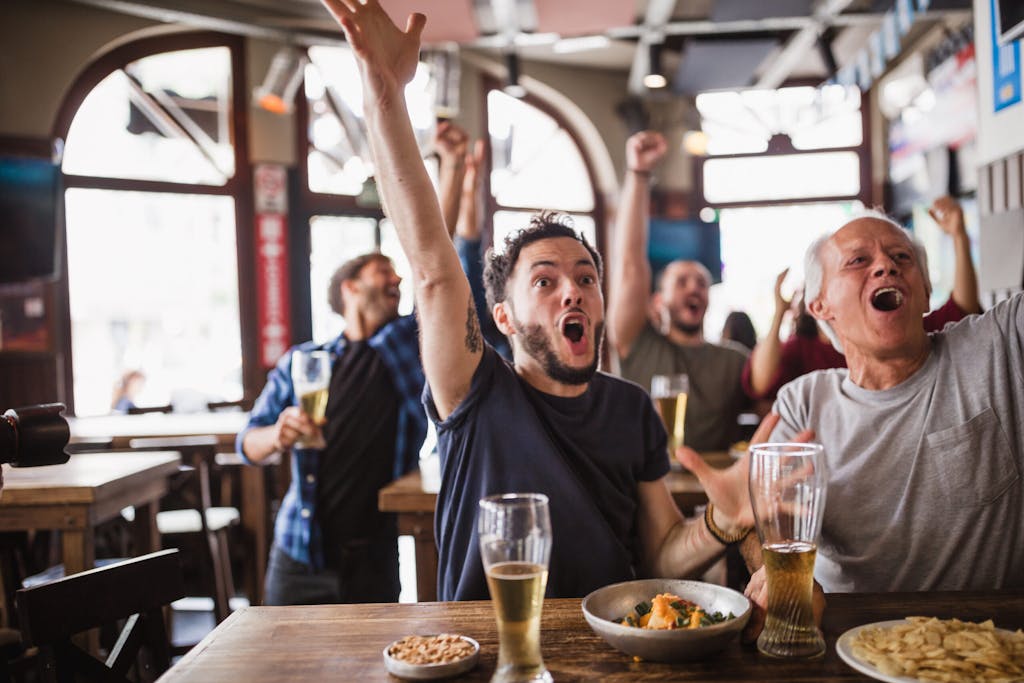
Indeed, soccer is a central part of this culture, and you will quickly know whether a soccer game is in progress by the shouting, singing and drumming that spills out from nearby bars and cafés.
Argentinos Juniors Athletic Assn. gave this home to Maradona and family when he was 18 years old. It is down the street from the soccer club where his talent and fame began to blossom.
You will step in Maradona’s shoes as you experience his humble beginnings, view memorabilia celebrating his daily life, see what he had for breakfast, where he slept, what music interested him and learn whom he idolized.
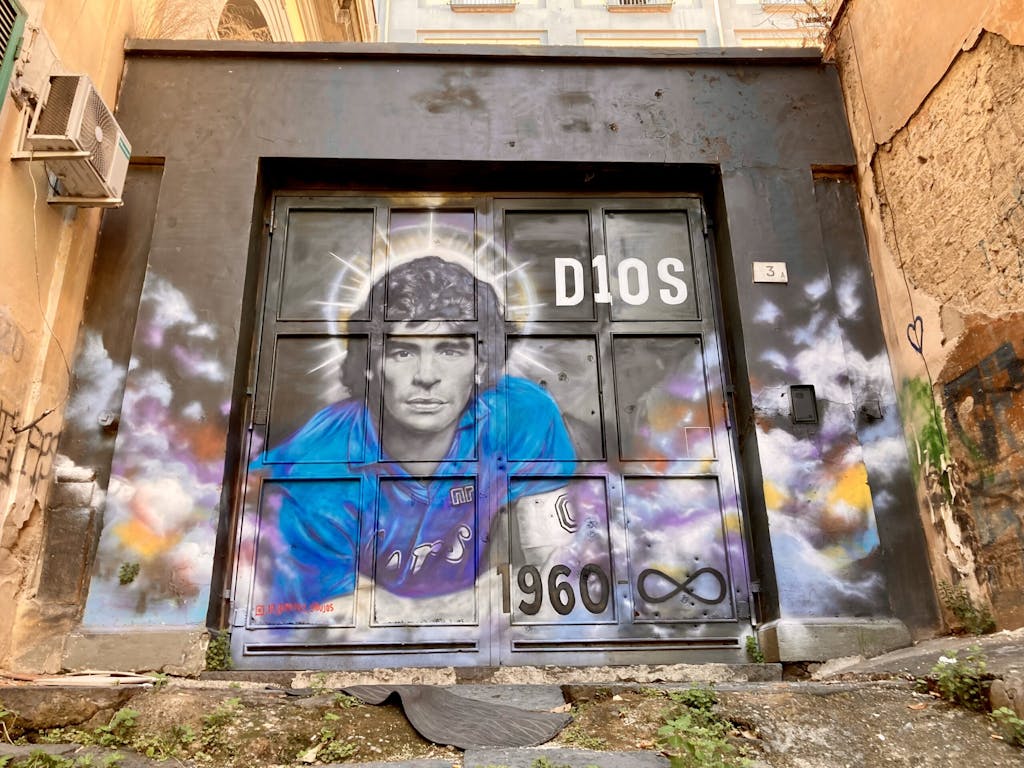
Hobbled by numerous injuries that never fully healed as well as an insatiable drug habit, Maradona died of a heart attack at age 60 in November 2020. His home, typical for a low-income family in Buenos Aires, is recognized as both a place and tribute to the best soccer player in history. Tours in English are available on request.
Info: La Casa de D10s, Lascano 2257 – CABA DOES CABA MEAN, Buenos Aires; lacasaded10s.com/. Open 11 a.m.-6 p.m. Tuesdays, Thursdays and Saturdays, and 1-6 p.m. Wednesdays and Fridays.
